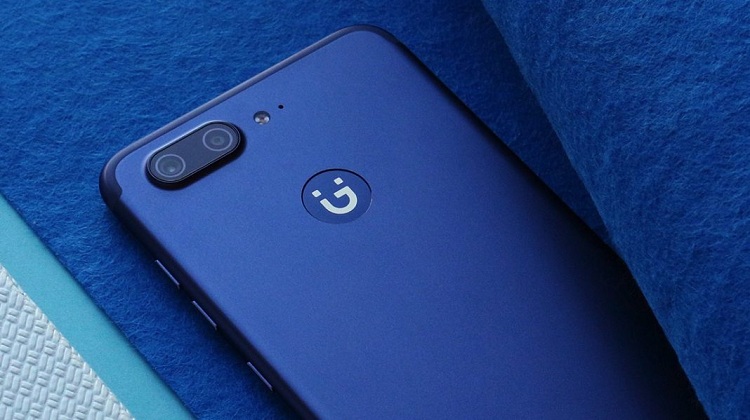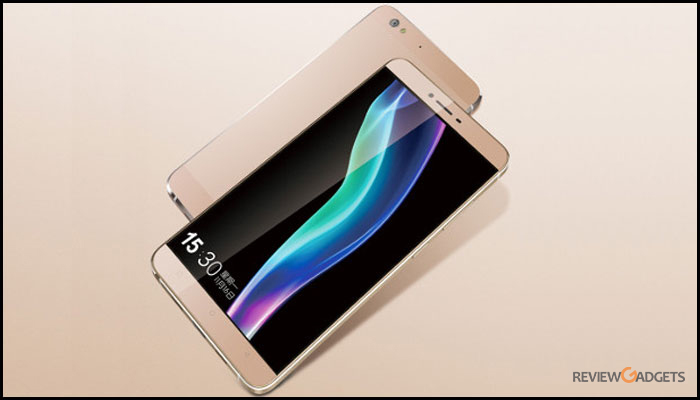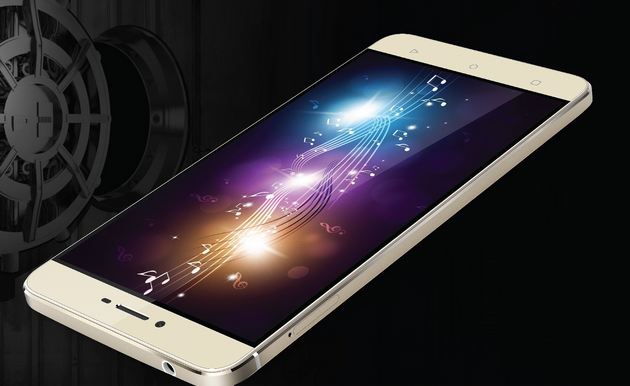Gionee is all set to unveil the Gionee S9 and S9T
Gionee is all set to unveil the Gionee S9 and S9T smartphone soon. These two smartphones were recently spotted on a Chinese certification site TENNA, and now the company has made an official announcement confirming the launch of Gionee S9 and Gionee S9T on 15th November.
The Gionee S9 and S9T have been in the news for quite some time now, and one of the main highlights of both the smartphone is the dual camera sensor. The smartphone is tipped to come with 13-megapixel and 5- megapixel primary camera setup, a big jump when compared to the Gionee S8, which sports a single 16-megapixel rear camera sensor. According to the leaked images of the Gionee S9, the rear camera is housed vertically in the middle, just beneath the top antenna line, while the company logo is below the rear camera
By looking at the leaked images, we can see Gionee has made some serious changes regarding design including the horizontal antenna lines across the top and bottom, which is different from the much-liked loop metal design we have seen in Gionee S8. The Gionee S9 also appears to be sporting rounder edges as compared to the Gionee S8.

According to the listing, the Gionee S9 is tipped to feature a 5.5-inch HD (1920×1080) display along with a 2.5D curved glass on top. The handset will be powered by a 1.8GHz octa-core processor paired with 4GB of RAM and internal storage of 64GB. Apart from the internal storage the smartphone also offer expandability option up to 128GB via microSD card. It bears a 13-megapixel camera on the front. According to the rumours, the battery capacity is said to be 3000mAh. Connectivity option on Gionee S9 includes 4G LTE, Bluetooth, Wi-Fi, and GPS.
On the other hand, the Gionee S9T is expected to feature faster processor clocked at 2GHz. Most of the specifications of S9T matches with S9. While both the smartphones are expected to measure 154.2×76.4×7.4mm, the former is said to weight at 166.5 grams, whereas the latter may weigh 200.8 grams.
The Gionee S8 also sports a pressure sensitive touch technology, akin to the 3D Touch feature spotted on iPhone 6s and iPhone 7. It is still unknown if the upcoming smartphones would also come with this feature.






